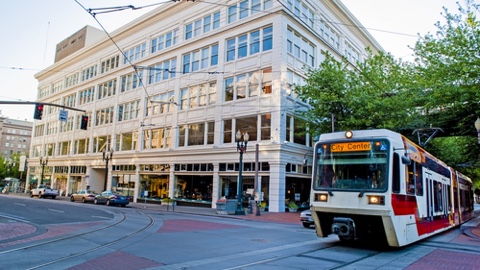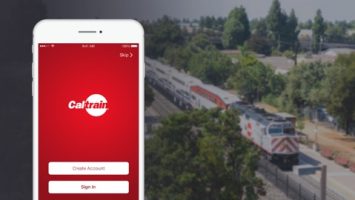
By Laura Benold, Managing Editor, Smart Cities Connect
As transportation infrastructure becomes more complex and culture strives toward inclusion, it is critical that we take into account not only the utility – but also moral implications – of modern mobility. We are witnessing the third mobility revolution, that brings with it an opportunity like never before to correct past oversights and design cities to reflect a desire for livable cities.
“When we went from horse and buggy, we had a massive revolution of how people got from here to there. It changed how we built cities and land use patterns. Then we had the freeway era when we invested in interstate systems as revolution two. What’s interesting about those two is that technologies and investment came along with little thought about impact to cities. A lot of us see this third revolution as an opportunity,” said Adrian Pearmine, national director for smart cities and connected vehicles at DKS Associates in Portland, Oregon.
Morality and mobility intersect in three main ways specifically related to smart transportation:
1 – Machine versus Human
The trolley problem explores ethical implications of manufacturing and regulation of autonomous vehicles (AV). A question that frequently surfaces in the AV discussion is how machines make decisions about human life. For example, if conditions in the roadway force a self-driving vehicle to prioritize one life over another (or one life over many), what choice is the car programmed to make? How does it gather and process relevant information? We are literally coding morality, and that begs for equity and transparency.
2 – Accessibility
Beyond the car itself, modern mobility has the power to include or exclude, to create winners and losers. Our transportation systems fundamentally determine an individual’s ability to get from point A to B and to have equal, affordable access to the city’s offerings. Especially for those who lack access to other forms of transportation, public transit personifies social justice and is an economic imperative.
“Like so many other big leaps in technology, there is the opportunity to engage between the public and private sectors to make sure the mobility revolution is being implemented locally in an inclusive way; but it means that the cities and MPOs and states need to actively engage in making sure that it is being implemented in a way that meets everyone’s mobility needs, rather than just letting the private sector do what it wants and whatever makes the most money,” said Pearmine. “That’s the challenge because those that need the affordability mobility options the most are those that will be left behind. There is an opportunity with a combination of autonomous vehicle technology with other business models to see the technology roll out equitably.”
3 – Urban and Rural Considerations
As if city infrastructure weren’t enough to tackle, inclusion only begins with the infrastructure we create. What about the infrastructure that we neglect? While innovators increasingly make a run at solving last mile challenges, it seems that only a smattering of solutions working together can bridge the proverbial gap. And that gap becomes a chasm when we consider the space between urban and rural communities. While cities move forward toward more innovation, are counties and states keeping pace? Who will ensure that a region moves forward together and that entire populations don’t lag behind?
When you consider the number of automotive-related fatalities in our current reality, the ability to create safer roads by decreasing or eliminating human error may be the biggest moral imperative of all.
“We can do all the things we can do when it comes to designing safe roads and lighting and striping; but none of that will change drunk drivers, falling asleep at the wheel, and other human behaviors,” shares Pearmine. “To me, the bigger morality question isn’t just around how does [the vehicle] make a trolley switch decision, but how quickly can we deploy the technology.”
We are all responsible for our transportation systems. City residents, industry, community organizations, city staff and policy makers must take an active role in ensuring inclusion, affordability, and transparency. The good news: city leaders and technologists are keenly aware and active in the sprint toward solutions. How will you contribute?


